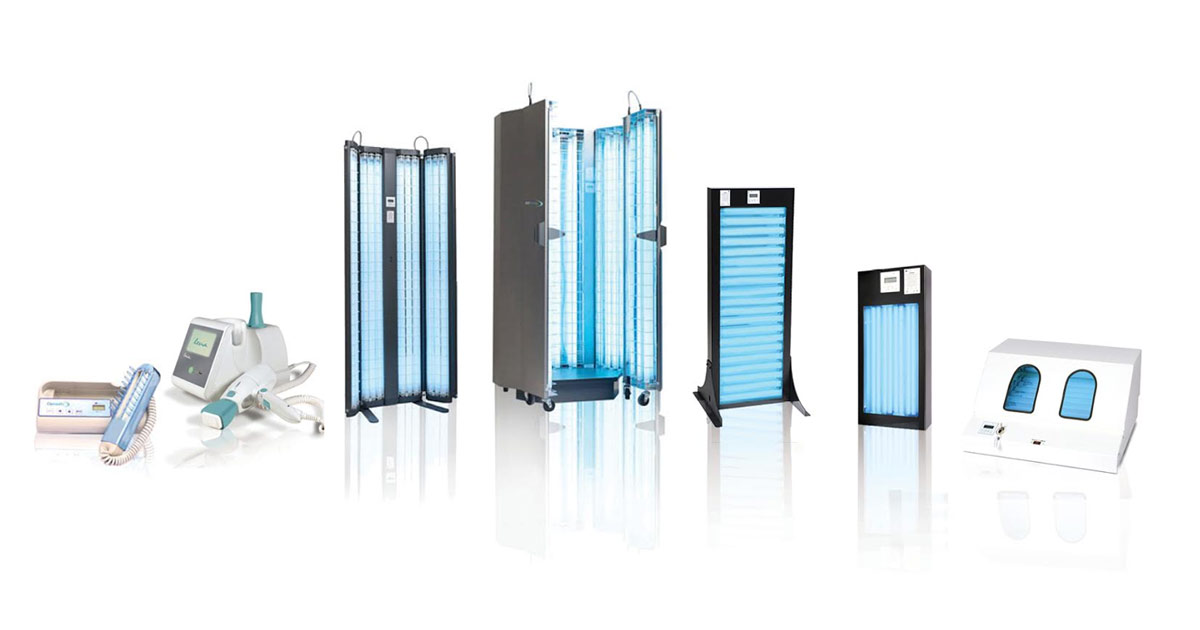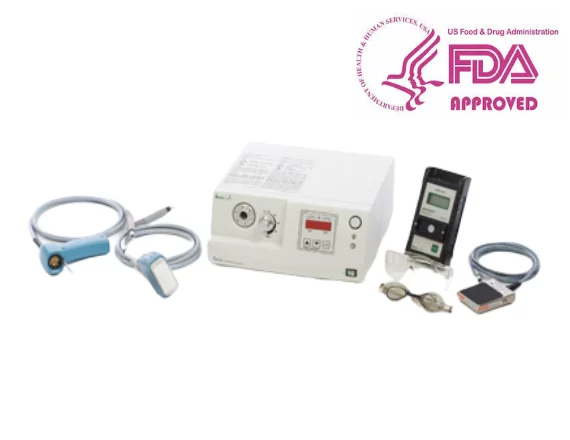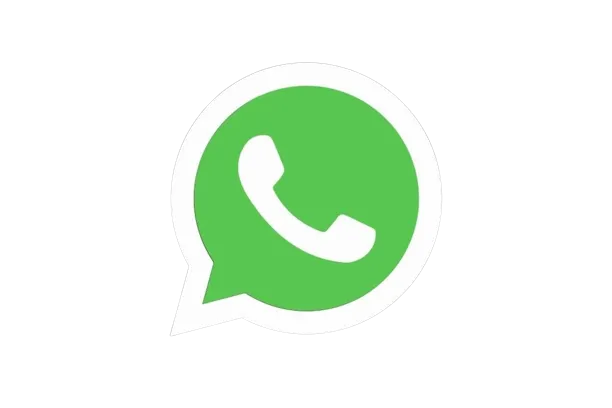
Targeted phototherapy (also called concentrated phototherapy, focused phototherapy and microphototherapy) is a new form of phototherapy which seeks to overcome some of the disadvantages with conventional phototherapy. This modality involves application of light energy directly focused on or targeted at the lesion through special delivery mechanisms such as fiberoptic cables. The term “targeted phototherapy” includes different technologies such as Excimer laser (308 nm), intense pulse light systems and non-laser ultraviolet light sources with improved hand-held delivery systems.
Targeted phototherapy is an exciting new technology in the management of several dermatological conditions. Their main advantages are safety, ease of administration and suitability for difficult to treat areas and in children
We at Clear Skin Laser Centre use for following skin conditions:
- Vitiligo
- Psoriasis-Chronic Lichenoid
- Alopecia areata
- Lichen planus
- Mycosis fungoides
- Atopic dermatitis
- Chronic lich eczema
- Prurigo Nodularis
- Granuloma annularae
- Scleroderma (Morphoea)
- Erythema anulare centrifugum
- P. Alba
Several advantages have been claimed for targeted phototherapy:
- Exposure of involved areas only and sparing of uninvolved areas, thus minimizing acute side effects such as erythema and long-term risk of skin cancer on unaffected skin
- Quick delivery of energy and thereby shortened duration of treatment.
- Delivery of higher doses (super erythemogenic doses) of energy because uninvolved areas are not exposed. Higher doses of energy can be delivered selectively to the lesions thereby enhancing efficacy and achieving faster response
- This has been claimed to shorten duration of treatment leading to less frequent visits to the clinic and thereby lessening inconvenience for the patient
- The maneuverable handpiece allows treatment of difficult areas such as the scalp, nose, genitals, oral mucosa and ear
- Easy administration for children as delivery is hand-held
- Targeted phototherapy machines occupy less space.
- Disadvantages of targeted phototherapy:. They are not affordable to everyone as the technology being more expensive. Furthermore, they are not adequate to treat extensive areas given the cost of treatment and time involved. They are not recommended for use if lesions occur over more than 10% of the body area.
Different technologies can deliver targeted phototherapy and these include:
- Excimer laser (xenon chloride laser 308 nm)
- Excimer light (non-coherent monochromatic light source 304–308 nm)
- Non-chromatic ultraviolet light sources (either broadband, 290–310 nm or narrowband, 313 nm). The advantages of the light sources over excimer laser include smaller size, lesser maintenance problems and lower cost.
Contraindications:
- Photosensitive conditions such as Systemic Lupus Erythematosus and Xeroderma pigmentosus.
- History of cutaneous malignancy.
- Patients on arsenic and ionizing radiation therapy
- Patients on Photosensitive drugs.
- We at Clear Skin Centre use the most advance Daavlin non-chromatic ultraviolet light sources.
- Daavlin Targeted Phototherapy: the world’s most advanced treatment with UVB wavelength of 290-310nm targeting the only affected skin. It is most effective, quick and needs only few treatment sessions(once in 4 or 7days for a period of 2 to 4 months)
- A patented feature of this device is a fiber optic brush that delivers UVB directly to the scalp through an array of bristles in a footprint that measures 2 x 10 cm. For treatment of other areas of the body, there is an interchangeable spotlight that can deliver energy in a variety of beam shapes.


